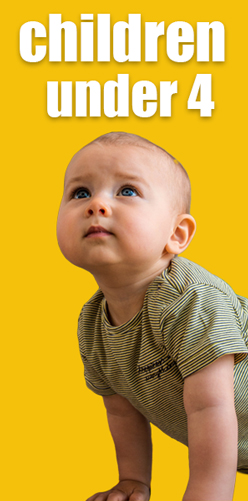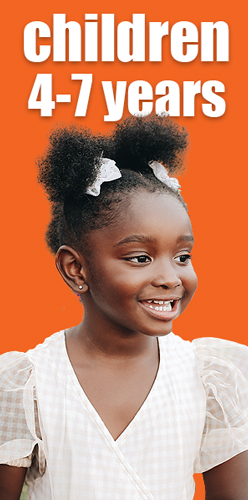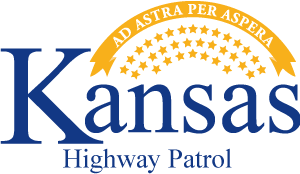Child Passenger Safety

Rear facing car seat to forward facing car seat
Children under four-years of age
All children under four are required to ride in a car seat.
Keep your child rear-facing as long as possible. It’s the best way to keep him or her safe. Your child should remain in a rear-facing car seat until they reach the maximum height or weight limit allowed by your car seat’s manufacturer.
Your child under age 1 should always ride in a rear-facing car seat. Convertible and 3-in-1 car seats typically have higher height and weight limits for the rear-facing position, allowing you to keep your child rear-facing for a longer period of time.
Once your child outgrows the rear-facing car seat, your child is ready to travel in a forward-facing car seat with a harness.

Forward-facing car seat to Booster seat
Children 4 through 7 years of age
All children between the ages 4 and 7 are required to ride in a booster seat unless:
- The child weighs more than 80 pounds; or
- The child is taller than 4 feet 9 inches; or
- Only a lap belt is available
If your child meets the above criteria, then they must be protected by a seat belt.
Keep your child in a forward-facing car seat with a harness until he or she reaches the top height or weight limit allowed by your car seat’s manufacturer. Once your child outgrows the forward-facing car seat with a harness, it’s time for them to travel in a booster seat, but still in the back seat.

Booster seat to seatbelt
Children 8 through 12 years of age
Children ages 8 through 12 must be protected by a seat belt. Keep your child in a booster seat until they are big enough to fit in a seat belt properly.
A seatbelt fits properly when:
-
- The lap belt lies snugly across the upper thighs, not the stomach.
- The shoulder belt lies snugly across the shoulder and chest and not cross the neck or face.
Remember: Your child should still ride in the back seat because it’s safer there. Front seat airbags are designed to cushion full-sized adults in the in the event of a crash and may cause injury to smaller children.

Seatbelts required
Youth 14 through 17 years of age
Youth ages 14 through 17 must be protected by a seat belt.
Kansas has a Primary Seatbelt law allowing a traffic stop simply because a teen is not wearing a seatbelt. This means any occupant of a passenger car who is 14 years of age but younger than 18 may be cited for not wearing a seatbelt without being cited for another violation.

Seatbelts required
Adults 18 years and older
Adults ages 18 and above must be protected by a seat belt. Law enforcement officers may stop drivers solely for observing an adult in the front seat of the vehicle not using a seat belt.

